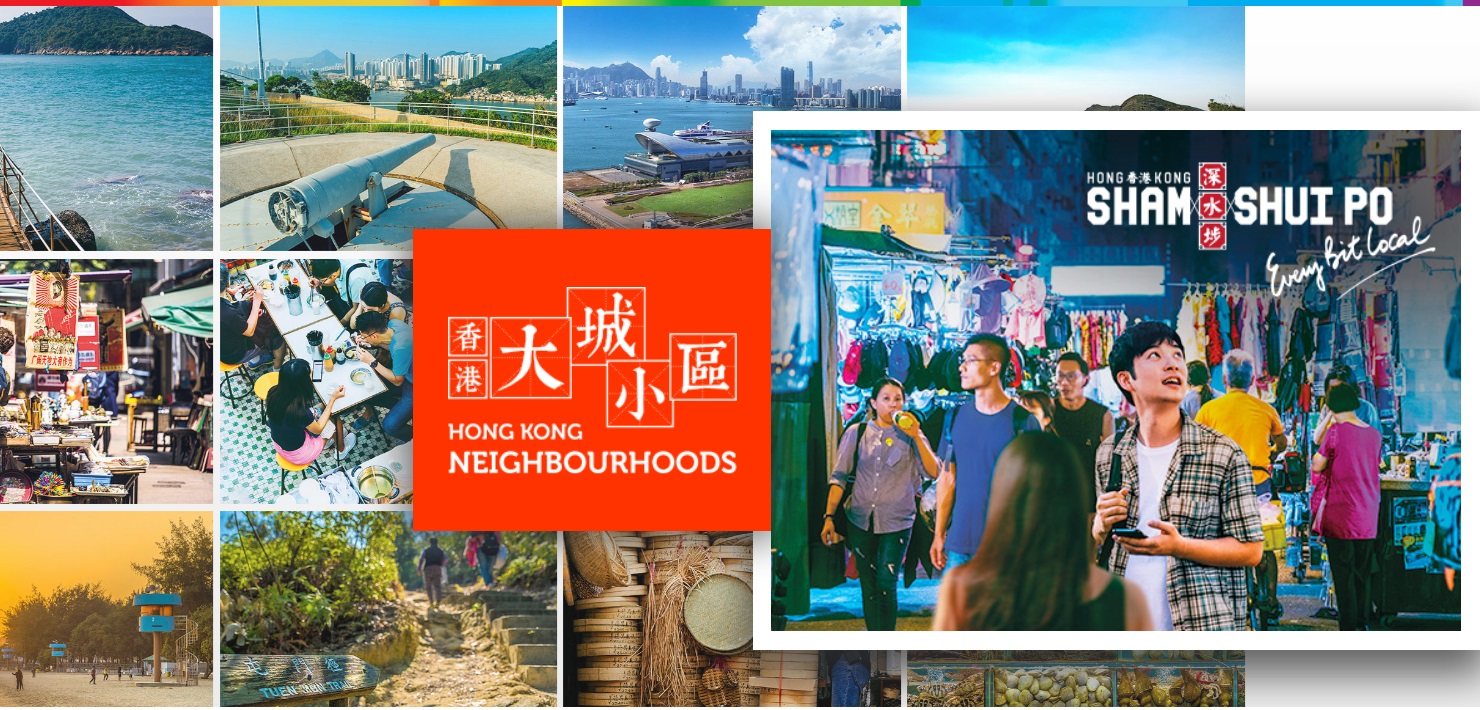The Hong Kong Tourism Board (HKTB) hosted a web conference on April 24, 2020 to provide the latest updates on tourism development and introduce the HKTB’s strategic framework of recovery plan. HKTB Chairman Dr. YK Pang said that the Covid-19 pandemic has posed unprecedented challenges to Hong Kong tourism and put global tourism to a halt.

He continued, “The tourism landscape will be reshaped. In the post-pandemic world, we will see a shift in preference and behavior among travelers – the public health conditions of destinations, and the hygiene standards of transportation, hotels and other tourism facilities will become a top priority; people will prefer short-haul breaks and shorter itineraries; wellness-themed trips will become a new trend. It is an ideal time for us to review and rethink Hong Kong’s position in the global tourism market and elevate service standards. Together with the travel trade, the HKTB is going to map out the long-term development strategy for our tourism industry.”

The web conference was attended by close to 1,500 representatives from travel agencies, attractions, hotels, airlines, the retail and dining industries, as well as Meetings, Incentives, Conventions and Exhibitions (MICE) and cruise sectors. Representatives from the HKTB’s worldwide offices also participated in the meeting to provide insights into the latest developments in various market regions:
Mainland Market
- The Mainland has gradually resumed economic activities and people have returned to work.
- Given the outbreak’s impact on the economy, consumers will become more price-conscious and pursue value-for-money holidays. After prolonged confinement, visitors will also place greater emphasis on health and nature. When choosing destinations for future trips, they will favor those that pose low risks to health.
- The Meeting and Incentive market has slowed down as many activities have been postponed or will be held online.
Short-haul and New Markets
- Domestic travel will be the major preference shortly after the pandemic, and outbound travel will resume soon after.
- Regional competition will be fiercer than ever, as the tourism authorities and travel trade of various destinations are gearing up for intensive promotions to vie for visitors.
- In Japan, Korea and Taiwan, the young and middle-aged segments will be the most eager to travel. Green tourism and the outdoors will be favored, while short-haul travel will be preferred due to financial and holiday leave constraints.
Long-haul Markets
- Currently, governments are focusing on containing the outbreak within the region. A longer time is expected for these markets to recover and outbound travel may resume in the last quarter of this year at the earliest.
- Ethnic Asian visitors are expected to be the first to visit Hong Kong after the pandemic.
- Consumer sentiment is comparatively more positive in Canada, France and Germany and outbound travel is expected to recover at a faster rate in these markets.
The HKTB has announced earlier that it will be allocating HK$400 million (US$51.2 million) to support promotions by the trade. HKTB Executive Director Dane Cheng explained that the HKTB has devised a three-phase plan to reinvigorate Hong Kong tourism. The exact timeline will depend on the development of the pandemic.
Phase 1 (Now) – Resilience
- The HKTB is preparing a recovery plan for Hong Kong tourism.
Phase 2 – Recovery
- When the pandemic shows signs of abating, the HKTB will first focus on local market to promote positive ambiance in Hong Kong by encouraging locals to rediscover different neighborhoods and community cultures in order to send a positive message to visitors and restore their confidence in the city. Meanwhile, the HKTB will launch tactical promotions with the trade in selected markets based on the developments of individual markets to stimulate people’s interest to visit Hong Kong.
Stage 3 – Relaunch
- Mega events and a new tourism brand campaign will be launched to rebuild Hong Kong’s tourism image.


Leave a Reply
You must be logged in to post a comment.